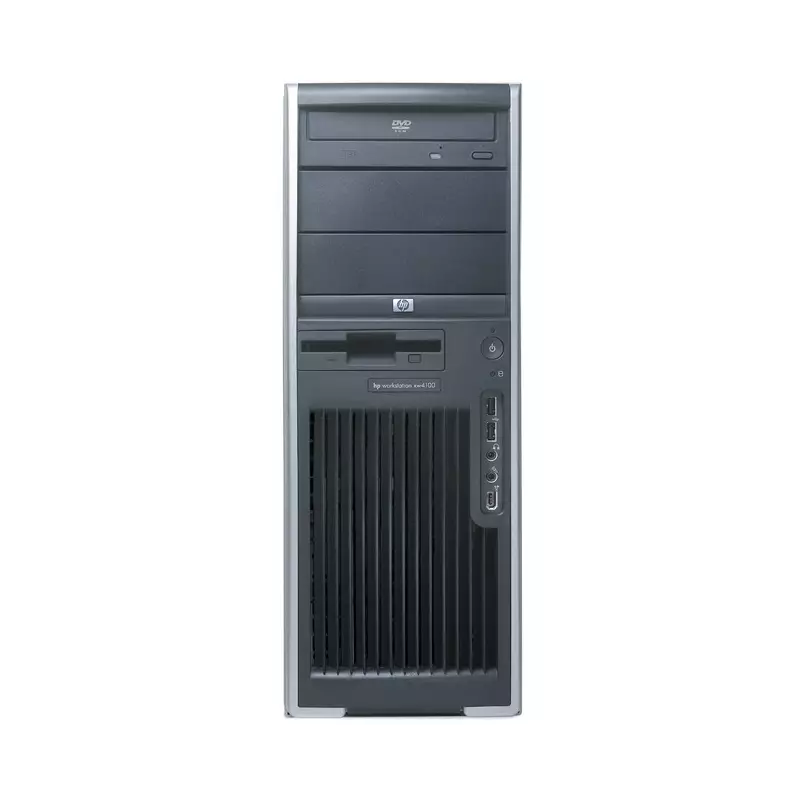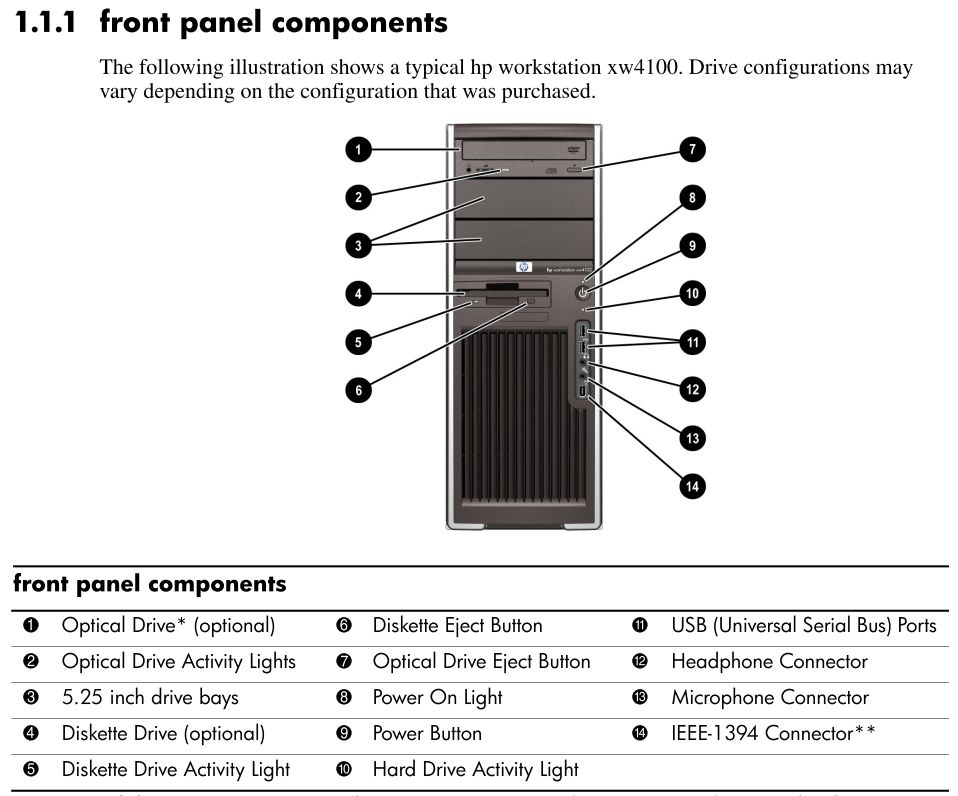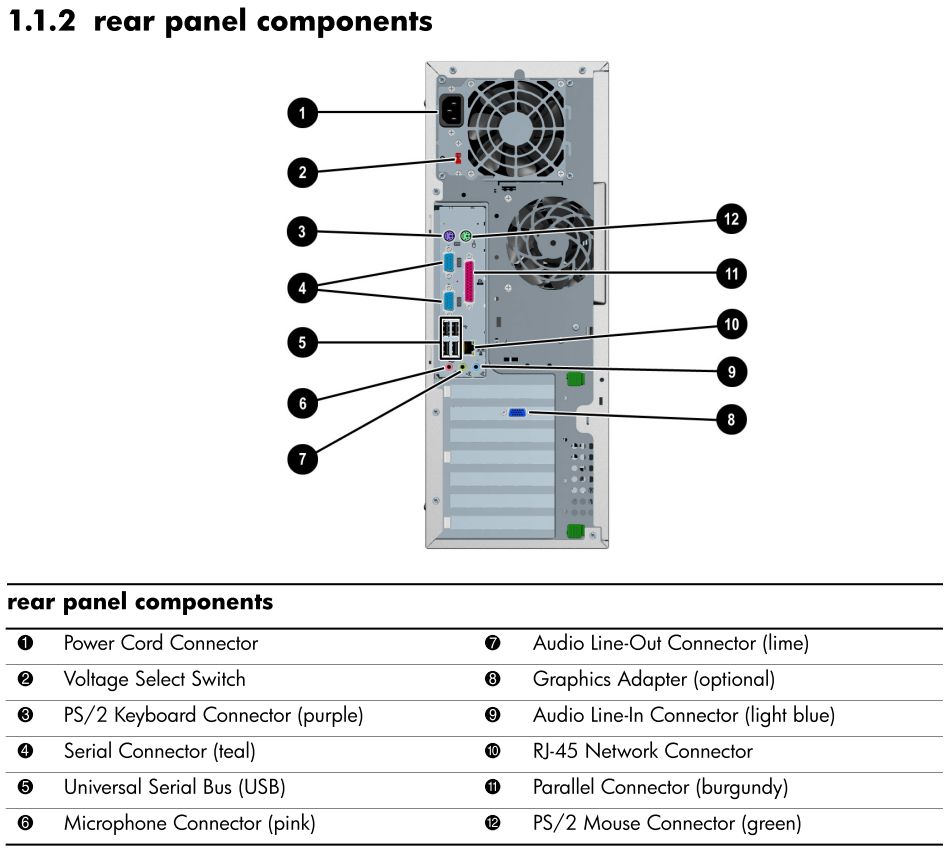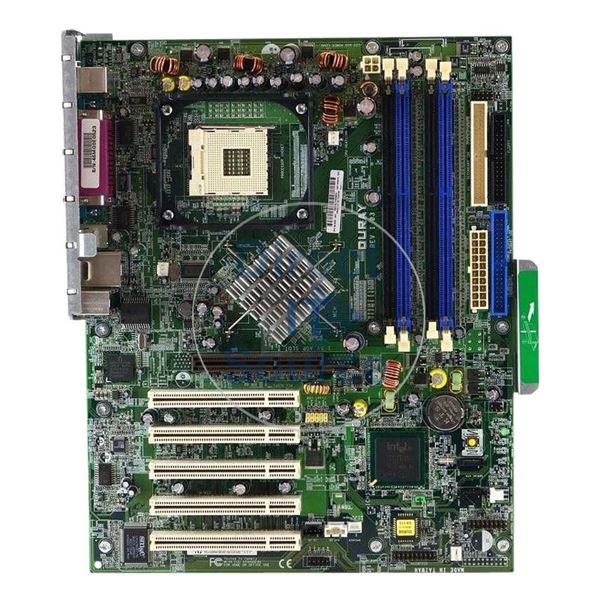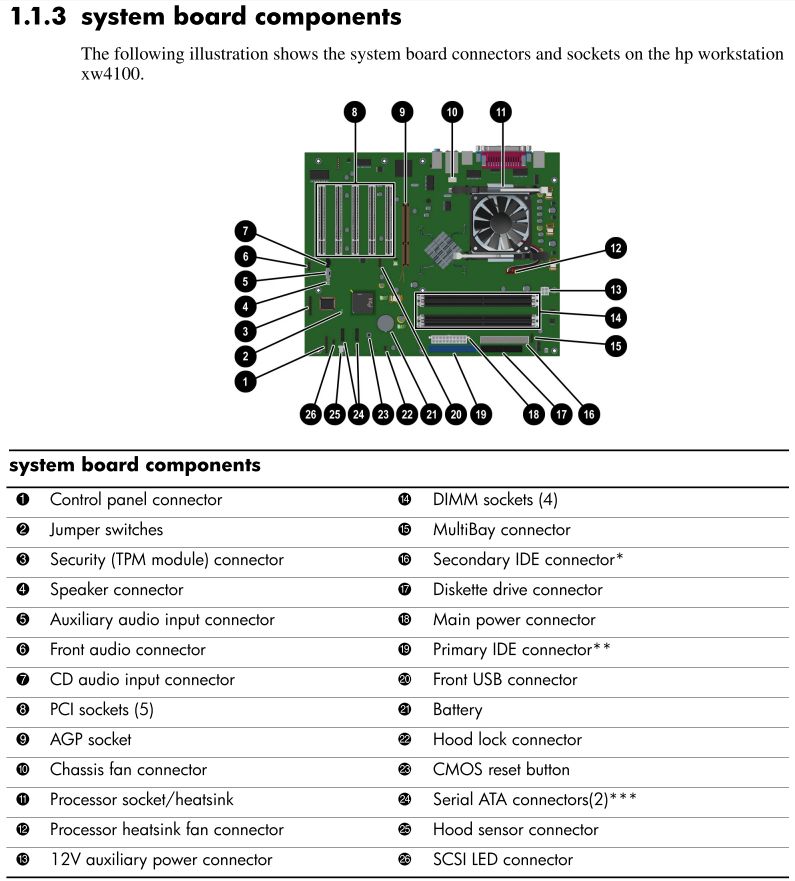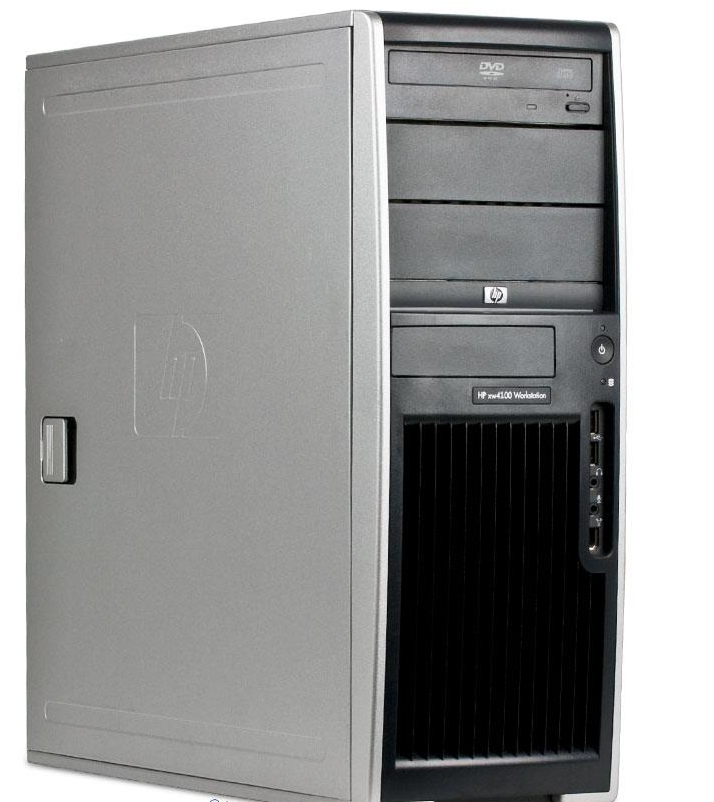Source: Computer Shopper – September 1994
Computer Shopper was not a magazine I picked up very often. Calling it a magazine is almost misleading. In the late 1980s and early 1990s it was phone book sized…or bigger. This issue approaches 900 pages which is pretty insane for a magazine. Before the Internet, this was THE source if you were looking for places to by computers or parts. However, in addition to all of the ads, it also had great articles. The September 1994 issue includes:
Features
- 60MHz Pentiums Under $1,500 – A look at were the “best buy” system based on the 60MHz Pentium processor. Systems here include the First Computer Systems Inc. FCS Green Pentium 60MHz, Micro Professionals Inc. P5/60 Pro Systems Ultra, MilkyWay Computer Products Myriad P5/60, Royal Computer Inc. Pro Desk, and the Tagram System Corp. Pentium VLB P60.
- 64-Bit Graphics Accelerators – A look at some of the latest and greatest graphis cards. They weren’t even really GPUs at this point. Cards looked at here include the Diamond Viper Pro PCI, Media Vision Pro Graphics 1024 VL-Bus, Number Nine GXE64 PCI, and STB LightSpeed VL.
- Special Report: Cyber Chips – A look at some of the latest and upcoming CPU technology. The top CPUs of the time included the 100 MHz DX4, 66 MHz Pentium, 100 MHz Pentium, 80 MHz PowerPC 601, 200 MHz DEC Alpha AXP 21064, 150 MHz MIPS R4600. Upcoming CPUs included the 133 MHz Intel P6, 100 MHz PowerPC 604, 100 MHz Cyrix M1, 100 MHz AMD K5, and 100 MHz NexGen 586.
Shopper’s Guide: Super Systems
- High-Powered Portables Move In – On the PC side of things, most vendors were still using 486 CPUs because of their lower power requirements but a few were putting 60 and 66MHz Pentium CPUs in mobile systems. For Mac, the PowerPC 603 (which would become the G3) would be the next big thing.
- CPU Upgrades: Bridging The Generation Gap – CPU upgrade options were really just heating up at the time. There still weren’t a whole lot of options. SX2 and DX2 processors could be used to upgrade some systems and there was the long awaited Pentium Overdrive option that was upcoming. If I recall correctly, the DX2-66 I had back in the day could be upgraded to an 83 MHz Pentium Overdrive. On the Mac side, both DayStar and Apple had upgrade cards that would take 68040 based Centris and Quadra machines up to a 80MHz PowerPC 601.
- Multiprocessing Goes Mainstream – Pretty much all CPUs were single core at this time and multiprocessing (systems with more than one CPU) were really just starting to become available on the Microsoft/Intel side of things. There were a relative handful of 486 and Pentium based options available.
- Serious RISC Solutions – A look at Alpha AXP and MIPS R4000 based machines.
Software
- Communications Software – In this case, communications software mostly means terminal software. Software looked at here includes Crosstalk for Windows 2.1, HyperAccess 1.02, Procomm Plus for Windows 2.0 (always one of my favorites), QmodemPro for Windows 1.10, Relay/PC Gold for Windows 6.0, Smartcom for Windows 1.0, and WinComm Pro 1.06 among others.
- Compoent Software – A look at technologies such as Microsoft’s OLE 2.0, OpenDoc, Appware, and Taligent.
- News And Analysis – Microsoft introduces Exchange, new Harvard Spotlight presentation software, Excel outsells Quattro Pro and Lotus 1-2-3, and more.
- Spin Doctor – A look at some of the latest CD-ROM titles including Score 800 (30 educational programs), Peterson’s College Database (profiles of 3,200 colleges and universities), Lovejoy’s College Counselor (more college info), ad more.
- Wohl’s World – Supporting increasingly complex software.
- Games – Reviews of several games including D-Day: the Beginning of the End, Serf City: Life Is Feudal, Aerodrome, Corridor 7: Alien Invasion, Aerodrome, and Fields of Glory.
Trends & Technology
- Charles Cooper – Falling mail-order PC prices.
- Michael Slater – The 486 remains strong in the face of the Pentium onslaught.
- Arlan Levitan – Microsoft’s version of 1984.
- Van Name And Catchings – Searching for data on the PC.
- John Dickinson – Intel and the competition.
Tech Section
- The Hard Edge – Comdex vs. CES, Microsoft’s new OS, and more.
- Ultimate Windows – A look at the two types of 64-bit video cards: 32-bit interleaved design and true 64-bit.
- PC’s Unplugged – New battery technologies for laptops.
- Alfred Poor’s Computer Cures – Questions answered about problem parallel ports, upgrading the hard drive in a notebook, parallel port external hard drives, and more.
- Developer Tools – Tools for creating fax enabled applications.
- What Ever Happened To…? – A look back at IBM’s first attempt at a desktop computer, the IBM 5100. Plus the creation of the IBM PC.
- Cyber-Privacy – A look at the RSAREF cryptography toolkit for encrypting e-mail.
- Inside The Internet – A look at how the Internet works.
- What’s The Code? – Programming techniques for performing 2-D rotation with fixed point math.
Online
- Hot Off The Wire – Apple has trouble determing audience for eWorld, IBM’s new wireless information-retrieval technology, and more.
- ZiffNet Dispatch – New electronic cookbook, online survey results, and more.
- Connect Time – Onlne services prepare for the arrival of broadband (which was still several years away in practice).
- Shareware Shop – A look at some of the latest shareware including Music Sculptor, CD Jammer, Cool Editor, MIDI Mode Music Jukebox, Multimedia Sales Army Knife, and more.
Multimedia Direct
- Best Data’s ACE 5000 Multimedia Card – A combination data, fax, voice, and sound card.
- North Coast Software’s PhotoMorph 2 – Image manipulation software.
- Sony Imagesoft’s The Haldeman Diaries CD-ROM – Inside the Nixon White House.
- Future Labs’ TalkShow 2.1 – Whiteboard software for your PC.
- Quantas Press’ Terrorist Group Profiles CD-ROM – Dossiers of real terrorist organizations.
- NuReality’s Vivid 3D – An inexpensive add-on that creates 3D sound from any set of speakers.
- Dell Computer’s Dimension XPS P90 – A look at Dell’s new Pentium 90 multimedia powerhouse. Features include a 90 MHz Pentium CPU, a Panasonic double-speed CD-ROM drive, a Creative Soundblaster 16, 16 MB of RAM, 256K of secondary cache, a 540MB Quantum IDE hard drive, a Number Nine GXE 64Pro graphic accelerator card, and more for $3299.

…and much more!



